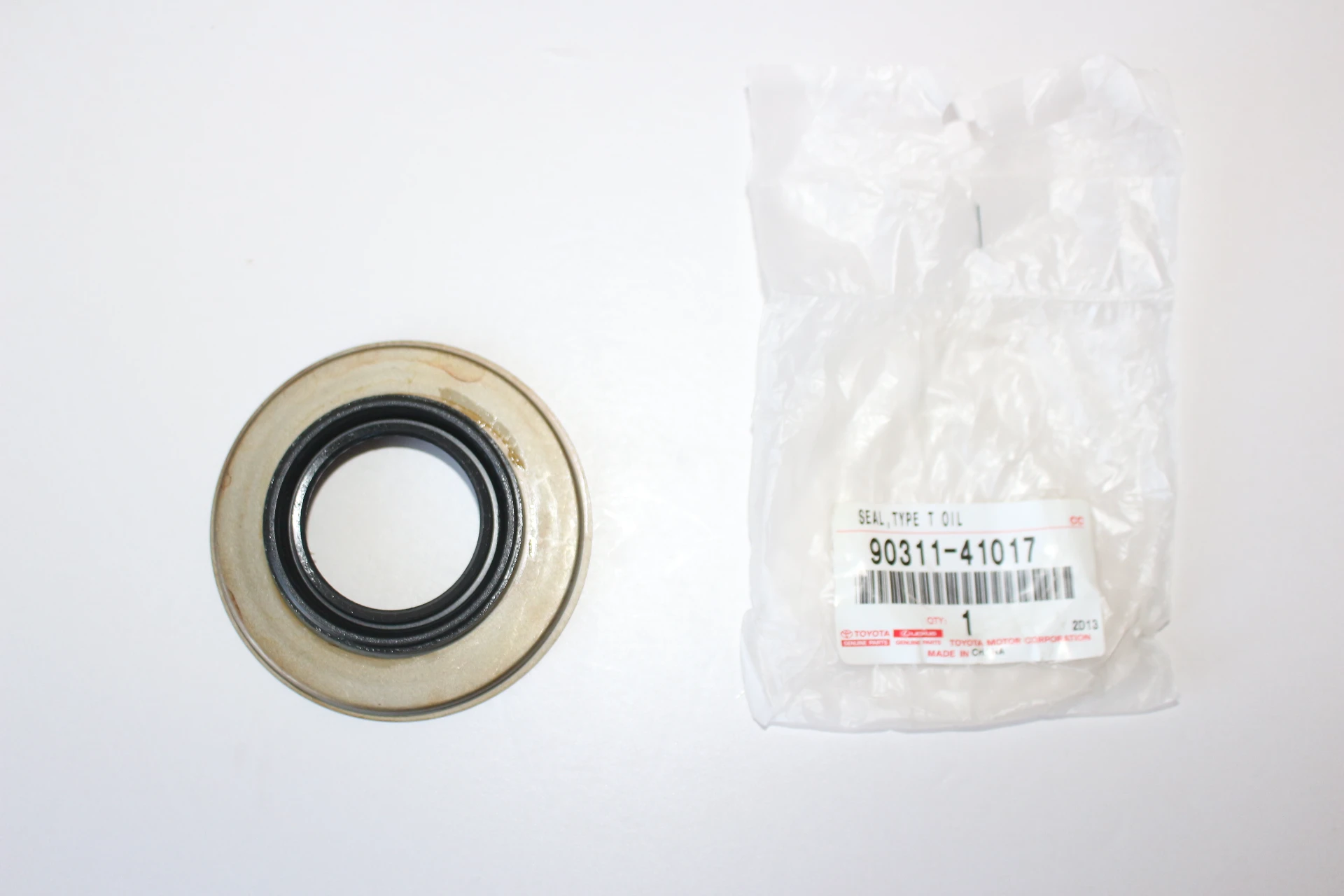rear differential oil seal
Understanding Rear Differential Oil Seals Importance and Maintenance
The rear differential oil seal, a small but critical component of a vehicle's drivetrain, plays a vital role in maintaining the efficiency and longevity of the rear differential system. While it may not be the first part that comes to mind when considering vehicle maintenance, neglecting this simple seal can lead to significant problems down the road. In this article, we will explore the function of rear differential oil seals, potential issues they face, and the importance of regular maintenance.
What is a Rear Differential Oil Seal?
The rear differential oil seal is designed to prevent the lubricant used within the differential from leaking out. Located on the rear end of the differential housing, this seal acts as a barrier, keeping the oil contained while still allowing the drive axles to rotate freely. Rear differentials often operate in challenging conditions, subject to varying temperatures and external contaminants. This makes a robust seal necessary to maintain optimal performance.
Importance of the Rear Differential Oil Seal
1. Prevention of Contamination The seal ensures that dirt, grime, and moisture do not enter the differential housing. Contaminated oil can cause wear and tear on the gears, leading to premature failure.
2. Oil Retention A functioning oil seal prevents leaks from occurring. Loss of differential oil can lead to insufficient lubrication, risking overheating and ultimately causing severe damage to the differential gears and bearings.
3. Extended Component Life When the oil seal is in good condition and functioning properly, it helps maintain the correct oil level, reducing friction and wear between the moving parts. This contributes to the overall longevity of the vehicle’s drivetrain.
Signs of a Failing Oil Seal
rear differential oil seal

Like many vehicle components, the rear differential oil seal can wear out over time. Recognizing the signs of a failing seal includes
- Oil Puddles One of the most obvious indicators of a problem is the appearance of oil puddles under the vehicle, particularly near the rear differential.
- Increased Noise Unusual noises such as whining or grinding while driving can also signal an oil seal issue, as lack of lubrication may lead to metal-on-metal contact in the differential.
- Slipping Gears If the differential is not properly lubricated, you may experience slipping or difficulty engaging gears in the drivetrain.
Maintenance and Replacement
Regular maintenance is key to ensuring the longevity of the rear differential oil seal. This includes checking the differential fluid level and condition during routine vehicle inspections. If the fluid appears dirty or has a burnt smell, it may need changing along with a thorough examination of the seal for any signs of wear or deterioration.
When replacing a rear differential oil seal, it is essential to choose a high-quality product that meets or exceeds manufacturer specifications. Proper installation is equally important; if not done correctly, new seals can fail prematurely, leading to further complications and costs.
Conclusion
In summary, the rear differential oil seal may be a small component, but its importance cannot be overstated. Proper function of this seal is crucial for keeping differential oil where it belongs and ensuring the smooth operation of the vehicle's drivetrain. Neglecting this part of your vehicle can result in leaks, damage, and costly repairs. Routine maintenance checks and timely replacements will safeguard against potential issues, allowing for a safer and more reliable driving experience. Remember, a little attention to the rear differential oil seal can go a long way in protecting your vehicle's performance and integrity.
-
The Ultimate Guide to Boat Propeller Bearings and Trailer Wheel Bearings
News Jul.31,2025
-
The Essential Guide to Marine Bearings and Boat Trailer Wheel Bearings
News Jul.31,2025
-
The Complete Guide to Heavy Duty Seals: Protecting Doors and Spaces Efficiently
News Jul.31,2025
-
Essential Guide to Marine Shaft Bearings and Boat Trailer Axle Bearings
News Jul.31,2025
-
Comprehensive Guide to Marine and Trailer Bearings for Safe Boating and Transport
News Jul.31,2025
-
Comprehensive Guide to Automotive Oil Seals: Protecting Your Engine and Shafts
News Jul.31,2025
-
Understanding Automotive Oil Seals: Essential Components for Engine and Shaft Protection
News Jul.30,2025
Products categories















